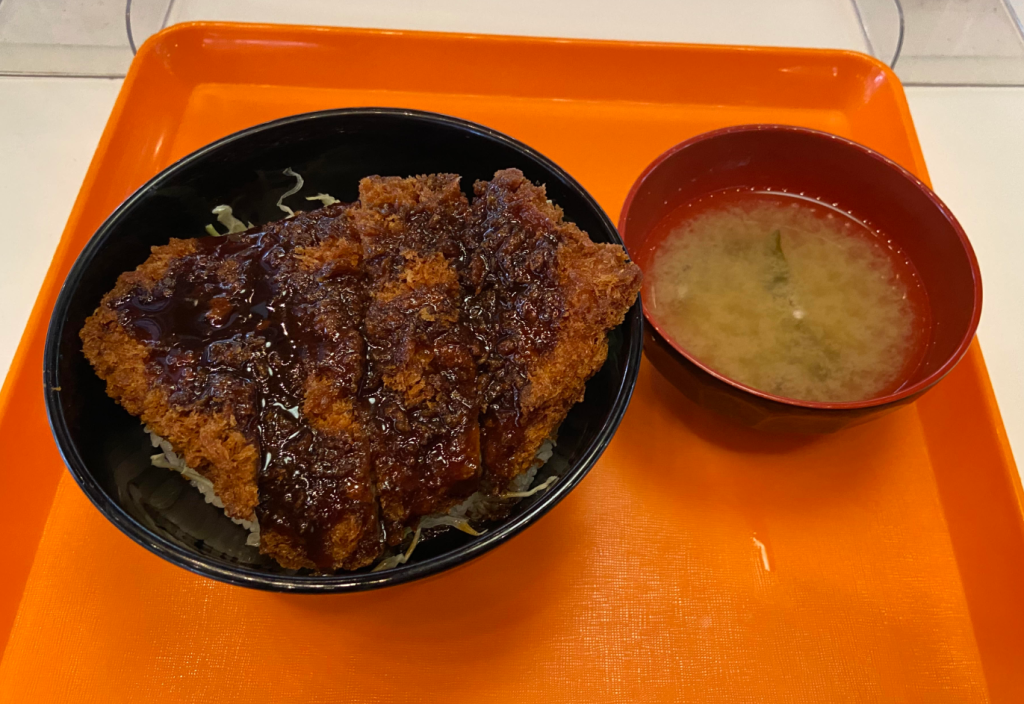Author: Masayuki OHKAGE
From November 28 to December 2, in Teikyo University, the Ten-Koh2 Team conducted an FM (flight model) thermal vacuum test of Ten-Koh2, a satellite under development at Okuyama Lab! In this article, we will introduce what thermal design is in the first place, the thermal design of Ten-Koh2, and the thermal vacuum test we conducted this time.
What is Thermal Design? Why do we need thermal design !?※1
In a nutshell, the objectives of thermal design for spacecraft are:
“To design all components of a spacecraft system so that they remain within the temperature range (allowable temperature range) within which they can function and perform properly for the entire mission period.”
Electronic equipment has a temperature range within which it can operate, and deviations from this range will result in reduced performance and, in the worst case, failure. In our daily lives on earth, we do not pay much attention to the operating temperature range of electronic equipment. Why should we pay special attention to the allowable temperature range of our equipment in space?
This is because the thermal environment in space is much harsher than on the ground. While space is an extremely cold environment (-270°C), the distance between the sun and the earth results in a lot of thermal energy (about 1366 W/m^2) falling from the sun. Therefore, the thermal environment of a spacecraft will vary greatly depending on which surface it is exposed to and to what degree. However, thermal design is very important in the development of a spacecraft, because the spacecraft as a whole will lose its functionality if all the instruments do not work properly under any environment.

How heat is transferred?
To do thermal design correctly, we need to control how heat flows, but to do that, we must first know how heat is transferred. As you probably learned in middle and high school, there are three types of heat transfer
- Conduction: Heat is transferred through matter
- Convection: Heat is transferred by fluid movement
- Radiation: Heat is transmitted by electromagnetic waves

Now, this is a side note, I love the sauce katsudon (pork cutlet bowls)at the school cafeteria and always eat it at least once a week. I go to the cafeteria with my lab members when the cafeteria is open in the late afternoon, and we are served freshly fried pork cutlet bowls, but I cannot eat hot pork cutlet bowls because I have a cat’s tongue. What you do when you cannot eat a hot sauced pork cutlet bowl is to leave it for a while until it cools down, right? This is because air convection causes the heat of the sauced pork cutlet bowl to escape, and as a result, the sauced pork cutlet bowl cools down and you can eat a delicious sauced pork cutlet bowl.

Thus, on the ground we can use heat transfer by air convection, but in a vacuum environment such as space, heat transfer by convection basically does not occur. Therefore, only conduction and radiation can be considered. Now, I would like to describe conduction and radiation mathematically and write about the thermal equilibrium equation that is the basis of thermal design, but since this article is a blog, I will not use mathematical formulas to explain it (laugh).
Thermal Analysis
A thermal mathematical model of a spacecraft, which models heat transfer as described in the previous chapter, is created in CAD, and models are created and analyzed using Thermal Desktop and PC-SINDA applications, which are capable of high-speed calculations.

Thermal Vacuum Test
Since the thermal design up to this point is only an analysis, it is necessary to confirm whether the thermal design is reflected in the actual satellite (called “FM (flight model)” in this test, which is actually scheduled for launch) as expected. For this purpose, a thermal vacuum test must be conducted by placing the spacecraft in a space chamber that can simulate high vacuum and cryogenic space. This thermal vacuum test confirmed the validity of the aforementioned thermal-mathematical model. This test also included a system test to confirm that Ten-Koh2 operates properly in an environment that simulates space.
References
※1 大西晃, 宇宙機の熱設計, 名古屋大学出版, 2014
